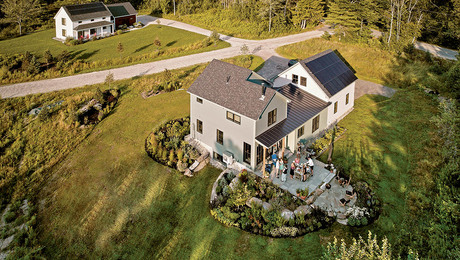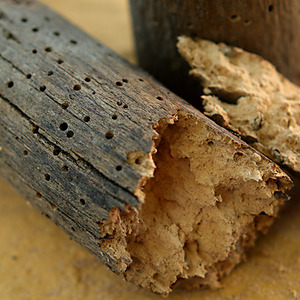I am replacing a rotted redwood deck railing with tempered plate glass panels between brushed stainless steel posts and a cap rail of ipe hardwood. The balcony has a wing wall at either end with a clear opening the length of the deck of about 22 feet. The span will have three glass panels. Each end panel will be fastened to a wing wall at one end and a fabricated stainless steel post at the other end. The center glass panel will be fastened to a stainless steel post at either end.
I want to cap the whole thing with an ipe handrail. I have a pretty nice, simple design I or my contractor can fabricate from 2×4 material. My problem is the longest ipe lumber I can get is 20 ft. This means I’ll have to use at least two separate pieces of lumber and join them together. For strength and appearance the best place to put the joint is over one of the posts.
To avoid screws throigh the top of the rail the metal fabricator will weld a 1.5 inch by 14 inch plate to the top of each post and the rail will be mortised so the plate can be screwed to the rail with stainless screws from underneath.
Any recommendstions as to the type and construction of the joint between the two handrail pieces? A butt joint is simplest but I am wondering about a long scarf joint, possibly with an internal spline or stainless screws through from the bottom piece. Perhaps even with marine epoxy at the joint.
Anyone have thoughts on how best to fasten these pieces and what pitfalls to look out for? I’m looking for something attractive and durable so am willing to pay for the extra labor if a fancy joint will be better.
Thanks


















Replies
Consider butt joint with epoxy and ss pocket screws on the underside to keep everything snug and coplanar.
Ipe is really tuff on cutters and "machining". I'd think of it like a stair rail joint, butt with star boldt connectors. Being as ya have the plates, tho',,keep it a simple 30 degree scarf.
As a final thought depending of yer profile, a finger joint router bit would be cool for lots of glue surface.
Spheramid Enterprises Architectural Woodworks
I think that a scarf joint would be strongest and look best. Not sure if Ipe would need to have resins or extractives stripped before using epoxy -
If I understand you right, I think I'd do it in three pieces for a visual balance. Only the two ends would need to be the same length. Middle could be as long or short as wanted, needed, or looked good. Opposing male and female vee shaped scarfs at the joints. I've used West System epoxy, but polyurethane glue might be enough. Screw from the bottom a good exterior screw, ceramic, bronze, stainless...And then, post a pic in the photo gallery <G> "what's in a name?" d'oh!